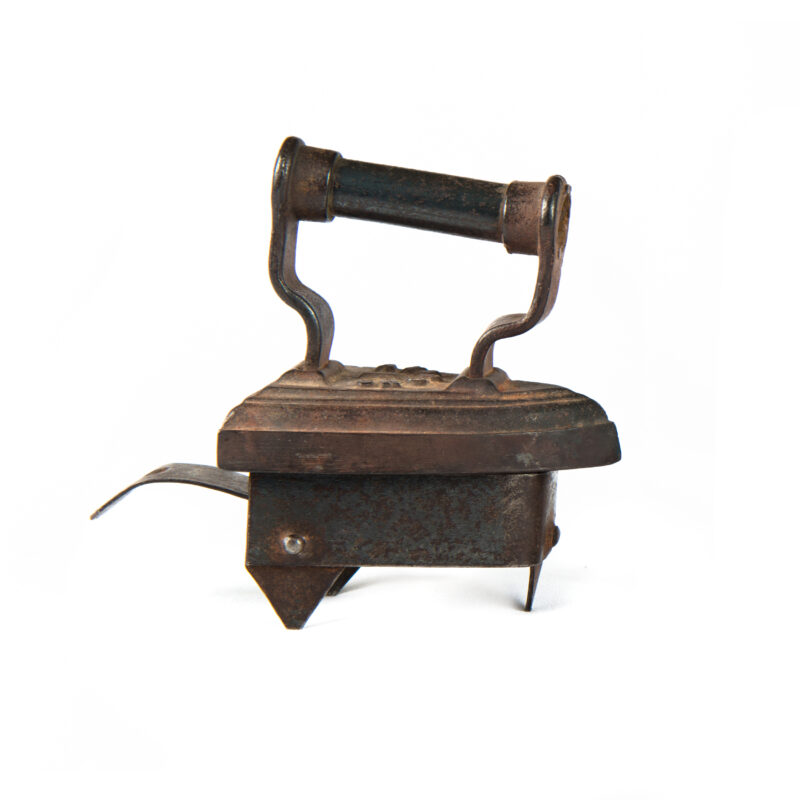WASHING
Wool
Wash wool gently by hand in your sink or on the wool program in the washing machine at 30C. Use wool detergent. Note that some types of wool fabric will felt easier than others, especially if they are vert loose woven. If you wash in a washing machine, the amount of turning can vary from different machines, so that can also effect the result.
Wool has very good self cleaning properties so we really recommend hanging your garment outside to air out. Ar out your garments more than you wash them. If you get a stain you can also just wash the stain out.
In Nordic countries its common to snow wash wool items. Put your items in the snow (dry snow, not wet), cover them with snow and tap it into the garment. This is especially great with carpets. Use a brooms to brush them with snow. Let the item lay in the snow for a hour or two and take out up and brush the snow of. A carpet beater can be handy. Dry the item laying down, hanging will stretch it out.
Ull har väldigt bra självrenande egenskaper så vi rekommenderar verkligen att hänga ut ylleplagg på vädring. Ju mer du vädrar dina plagg desto mindre behöver du tvätta dom. Får du en fläck kan du punkttvätta den istället.
På vintern är torr snö en bra vän. Lägg dina ylleplagg i TORR snö (även mattor och fällar) och täck dem med snö. Du kan använda en sop för att försiktigt borsta in snön (på mattor kan du gå loss hårdare). Låt dom ligga kvar i snön i en timme eller två och ta sedan upp dom och borsta av. En mattpiska kan vara behjälpligt för detta. Smutsen följer med snön ut ur plaggen och bakterier fryser. Torka plaggen liggandes (ovanpå en torkställning tex), hänger dom kan dom töjas ut.
Linne
When washing linen it can help the fibers alot to soak them in water before washing. Take your fabric or garment and lay it gently in a bathtub without harsh folds. Leave it the for an half hour and then you can put it in the washing machine. If its a new fabric we recomend washing in 60C so it will shrink. After that you can wash your ready made garment in 40C for regular use, and 60C for harsher stains. DO NOT put linen in a dyer! To much dry turning will damage and break the fibers.
TORKTUMLA INTE linne. Gnugandet av torra fibrer gör att dom till slut går av.
Om du har ett svettigt linneplagg, blötlägg den och tvätta direkt. Intorkat svett är svårare att få bort.
Silk
Silk is as we all now a sensitive material. Many silks are not made to being washed as they often are prepared with starch to be stiff. Check the washing instructions on each silk you buy. If it is washable, do it gently by hand in the sink or bathtub with a gently wool/silk soap.
Om tyget är tvättbart kan du försiktigt tvätta det för han i handfat eller badkar med fintvättmedel.

